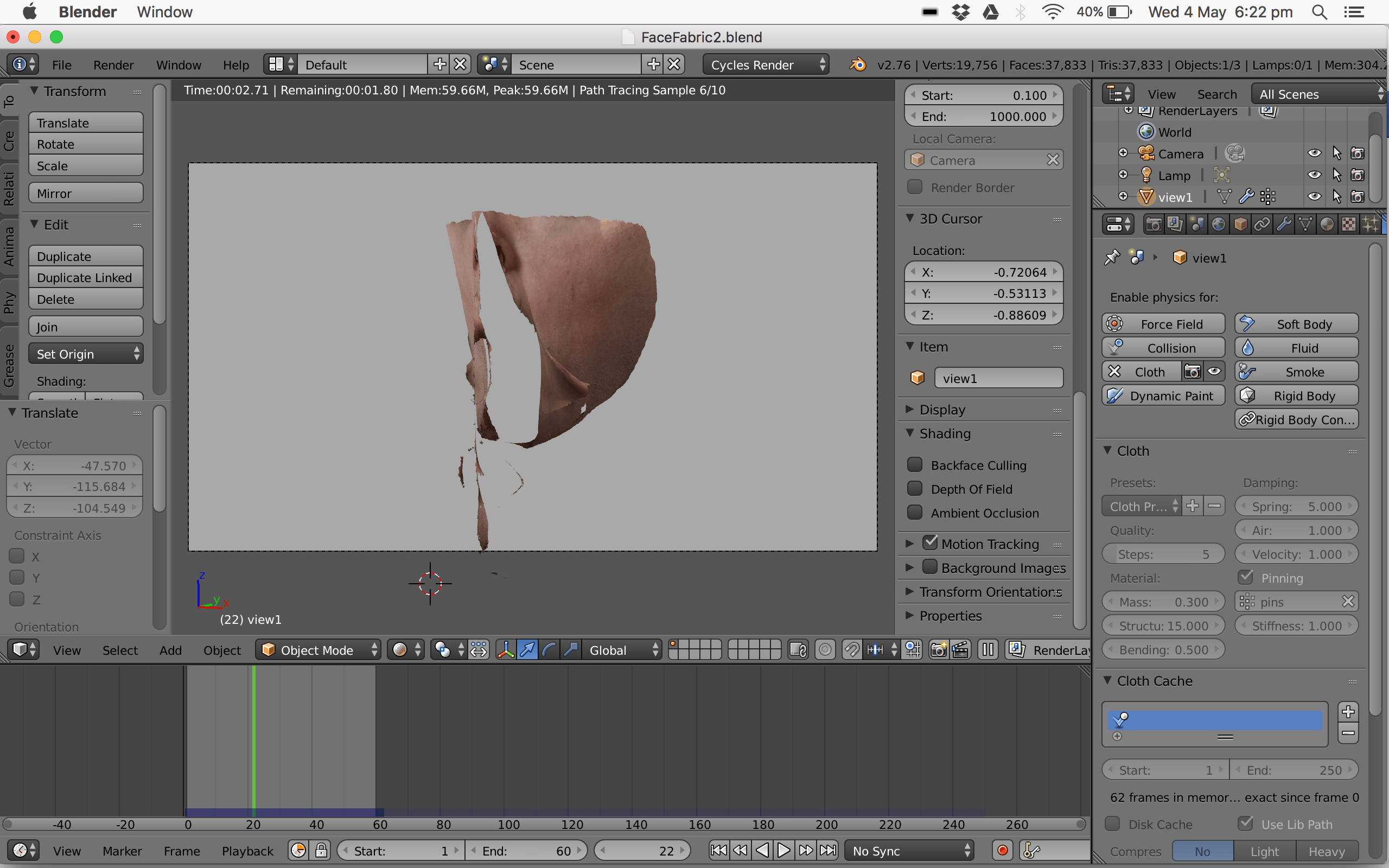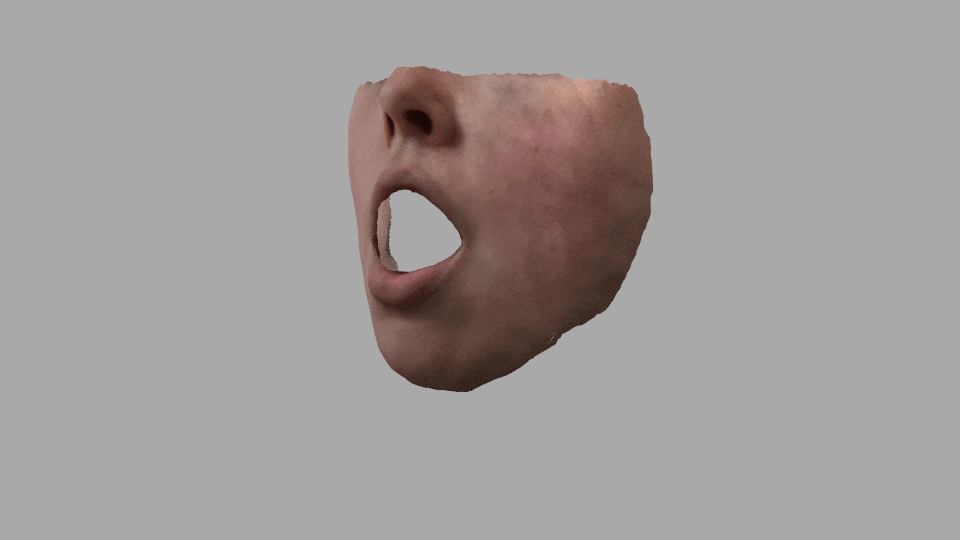04/05/2016:
Meeting with James Field:
- Following on from my initial experiments with an digital/animation for my project James suggested it would be a good idea to consider realtime music visualisation, whereby the animation would react to the audio input from the mic/choir.
- This could be done through a combination of blender and processing/python
- However I would need to consider if the animation could access the output level/ the full frequency range
- Or this could be done through web GL using a web browser
- Creating an audio visualiser similar to Lights by Ellie Goulding produced by Hello Enjoy http://helloenjoy.com/project/lights/
- I could harness the low, mid and high notes to affect the animation in different ways, creating a connection to the choir.
- This could be done through a combination of blender and processing/python
Meeting with Jon Holmes:
I then met with Jon Holmes to go through blender animation and particularly physics simulation in order to animate a texture.
Jon went through all the different soft body/ rigid body simulations such as objects reacting when hitting a surface, cloth draping over an object, the object turning into cloth itself and the object being made of smoke that can react with sliced through by another. This was extremely helpful and interesting to see the different effects I could create, it will be good to consider this in terms of the different textures/materials that would effectively communicate the notion of human > object. Particularly paying attention to the border between the natural and machine. For instance the materials could be metallic, porcelain, silicone, rubber to give an interesting juxtaposition to the natural and man-made and those materials we deem the most akin to the human.


Meeting with Craig Bratley:
I then met with Craig Bratley to test the audio aspect of my project, having the input through 1 mic output to 4 speakers each pitch shifted differently. Craig helped me out with this and advised it would need to be set up as followed:
Mic > Mixer > 2 x audio interface (this splits the input to multiple outputs) > computer with Audition (to pitch shift the input) > 4 x speakers (2 x on each computer)
I would need to use Audition in order to perform the realtime pitch shifting, so that the mic input is altered and this is directly output. This does cause a delay but I think it could be accommodated, the issue does become that this cannot be looped and replayed. Craig suggested setting this up with a loop pedal in between either mic and the mixer or the mic and the audio interface, that way the audio can loop constantly and added to with each new input from the mic.




Meeting with Kevin Hallsworth:
Finally I met with Kevin Hallsworth to go through everything I would need to have set up in order to 3D print 4 of my mouths and 4 of my teeth. Kevin let me know this would cost approx £10 per head using the printer where the support material can be dissolved away, leaving a clean print which is purely the object. The teeth do need some extra work in order to make them printable, the mouth roof and tonsils need to be attached to the upper/lower teeth in order for the printer to handle them. Kevin also let me know they are currently testing with metallic filament (gold and aluminium) and I could print a test mouth using these, he showed me some models while I was there and they have an interesting shine to them which would be interesting to consider. If I wanted to print all the mouths using these then I would need to buy a roll of filament, which would be approx £20.


